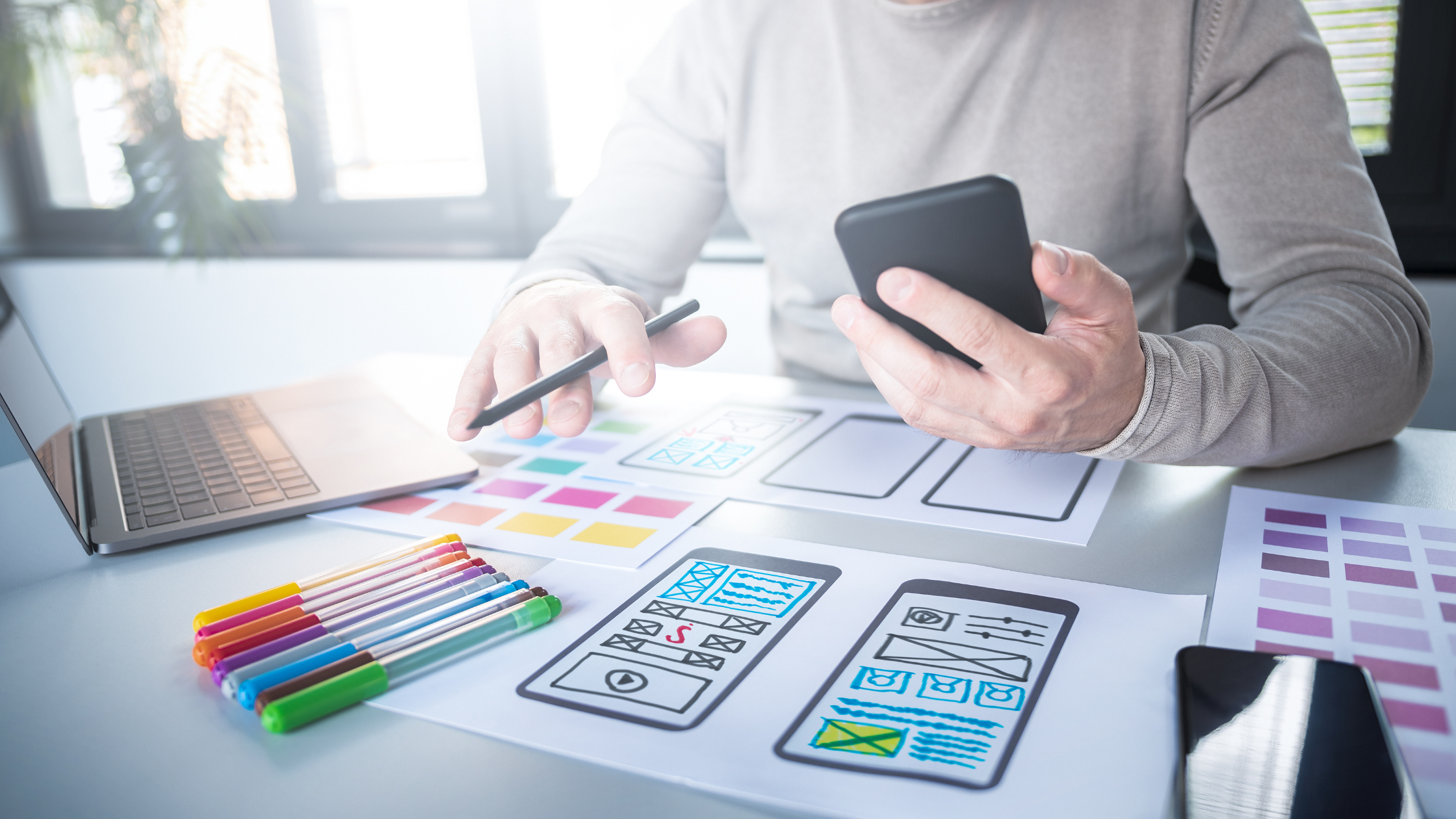Your cart is currently empty!

Why Design-Led Content Outperforms Plain Text (And How to Get It Right)
Humans are visual. Your content should be too.
We process visuals 60,000 times faster than text. That’s not just a fun fact—it’s a fundamental shift in how we need to think about content creation in the digital age.
If you’re still relying on walls of text to tell your brand’s story, you’re missing out on one of the biggest opportunities to boost engagement, increase retention, and build trust with your audience.
In this article, we’ll break down what “design-led content” actually means, why it matters more than ever, and how to start doing it right—without needing to be a full-time designer.
🎨 What Is Design-Led Content?
Let’s start with what it’s not: design-led content isn’t about “making things pretty.” It’s not about slapping on a stock image or adding color for the sake of aesthetics.
Design-led content is about using visual structure, flow, and emphasis to enhance the message itself. It’s about making your message easier to absorb, more memorable, and more actionable through thoughtful design.
Here’s how it looks in practice:
- Branded infographics that summarize complex data into easy-to-scan visuals
- eBooks and guides that use layout, color, and icons to walk a reader through a concept step-by-step
- Instagram carousels that break down tips or insights slide by slide
- Slide decks or presentations that guide and support spoken content
- Branded PDFs that turn plain documents into powerful, shareable assets
Design-led content doesn’t just “look good”—it performs better. Let’s look at why.
🚀 Why Design-Led Content Beats Plain Text
📌 1. It Increases Retention
The human brain is wired to remember visuals more than words. When you combine a short message with an image, your audience is more likely to remember that information even days later.
Think about the last time a well-designed carousel on LinkedIn stopped you mid-scroll. You probably still remember what it said—because the visual layout guided your focus and helped it stick.
According to a study by Venngage, visual content gets 94% more views than content without visuals. That’s not a small edge. That’s a massive leap.
🔁 2. It Encourages Sharing
Well-designed content is inherently more shareable. It’s easier to screenshot, repost, or forward. It also feels more valuable, which is key when trying to drive organic reach and brand awareness.
People don’t want to share something that looks like a Word document. But they’ll share a clean, branded PDF, an infographic, or an aesthetically pleasing quote graphic with pride.
✅ 3. It Looks More Professional
Let’s be honest: design builds trust. Even if the content is solid, if it looks like a first draft or a school project, your audience may not take it seriously.
Great design signals that your brand is thoughtful, consistent, and reliable. It shows you care about the details—and by extension, your audience.
💡 First impressions are visual. Design makes sure yours is a good one.
📐 How to Do Design-Led Content Right
Alright, you’re convinced. But how do you start integrating design into your content process—without hiring a full design team or spending hours every week?
Let’s break it down.
🎯 1. Keep It On-Brand
Good design isn’t about using fancy fonts or flashy colors—it’s about consistency and clarity. Stick to a clear brand kit with:
- 2–3 primary brand colors
- 1–2 clean, legible fonts
- A logo + submark
- A few go-to design templates
Consistency is key. When your content looks recognizably “you,” it builds familiarity and loyalty over time. Use the same layout, font, and color scheme across platforms to reinforce your visual identity.
📖 2. Make It Readable
Design is there to serve the message—not drown it out. Keep your layouts clean. Use white space. Break long paragraphs into digestible sections. Use bullet points and headers.
On social media, especially, aim for content that can be read quickly and clearly—even on a phone screen. If someone can’t understand your post in 5 seconds or less, it needs editing.
⚖️ 3. Balance Form with Function
Good design isn’t just about beauty—it’s about utility. Ask yourself:
- Does this layout guide the reader’s eye?
- Is the hierarchy of information clear?
- Does the design support the message—or distract from it?
Function first. Form second. Always.
🔧 4. Use the Right Tools
You don’t need to be a graphic designer to start creating design-led content. Tools like Canva, Figma, and Adobe Express make it easy to build professional-looking content quickly.
Bonus: Canva has thousands of customizable templates built specifically for social posts, PDFs, presentations, and more.
💡 Pro Tip: Create a few reusable templates for your brand (carousel posts, quote graphics, blog headers, etc.). This saves time and keeps your feed consistent.
🧩 5. Or, Let Pixel or Pen Handle It
If design isn’t your thing—or if your time is better spent elsewhere—our Pixel Package is made for you.
You’ll get custom visuals that align with your strategy and brand, created by experienced designers who know what converts. From carousels to eBooks to branded social content, we help your words pop visually—without the DIY stress.
🎨 One plan. Endless content potential.
🧠 Final Thoughts: You Can Tell a Story—Or You Can Show It
In a noisy, scroll-heavy world, your content has to do more than just show up. It has to stand out—and stick.
Design-led content doesn’t just help you look good. It helps your audience understand you better, trust you faster, and remember you longer.
Whether you’re writing a blog post, posting to Instagram, or sending an email—adding strong, strategic design is one of the easiest ways to increase engagement and elevate your brand.
📦 Want help bringing your content to life?
Our Pixel Package gives you the visuals you need to support your strategy, amplify your message, and make your content unforgettable.